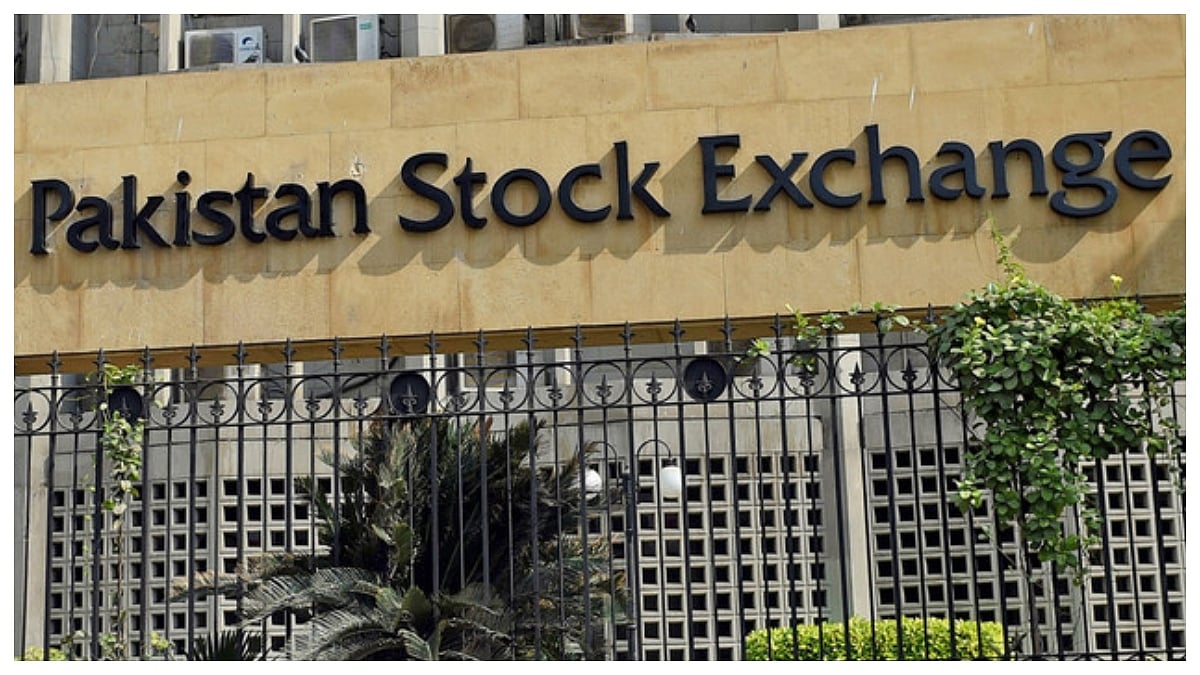Karachi: Pakistan’s main stock market index, the KSE-100, witnessed a sharp fall of nearly 2 percent, closing at 158,548 points. The decline came as a surprise after the index had surged more than 70 percent over the past year. Sudden profit-taking, weak corporate results, political instability, and heavy foreign investor selling reversed the market’s bullish momentum. Fear following recent terrorist attacks also deepened investor anxiety, leading to a loss of over PKR 30,000 crore in market value.
Weak Corporate Earnings Hit Sentiment
Several major listed companies reported disappointing quarterly results, dampening investor confidence.

Key laggards included Engro, Bank of Punjab (BOP), Systems Ltd, UBL, and MCB Bank.
These poor earnings triggered broad-based selling across sectors.
Economic Concerns Deepen
Pakistan’s macroeconomic outlook remains fragile.
- Interest rate uncertainty
- Rising inflation
- Mounting foreign debt
Together, these factors have created a negative environment for equity markets, with investors questioning near-term growth prospects.
Political Instability Adds to Market Jitters
Domestic political turbulence and power struggles have intensified risk perceptions.
As uncertainty grows, investors have shifted toward safer assets, accelerating the stock market’s decline.
Volatility and Falling Volumes
The market experienced significant intraday volatility, with the index falling as much as 1.28 percent during trading hours.
Lower trading volumes and distribution selling worsened the slide, reflecting reduced risk appetite among traders.
Foreign Investors Exit
Foreign Institutional Investors (FIIs) have turned major sellers.
- Singapore funds led the outflow
- UAE investors pulled back amid political worries
- U.S. and European funds also cut exposure due to economic uncertainty
These combined outflows exerted additional pressure on the market.
Data Snapshot
1-day change: -1.85 percent
1-month change: +0.07 percent
1-year performance: +70.07 percent
Despite the long-term uptrend, short-term pressure is intensifying — a sign of growing market uncertainty.










